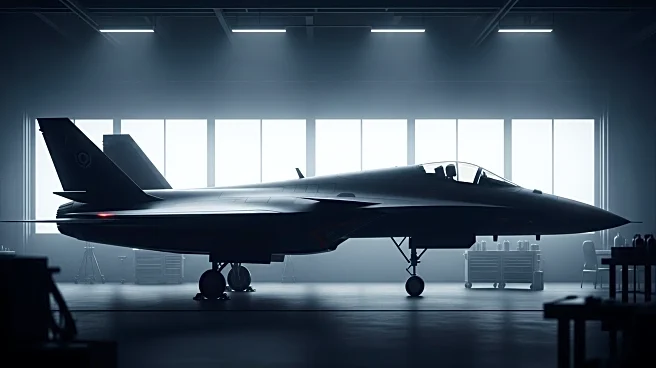What's Happening?
Lockheed Martin is undergoing a strategic shift following its loss of the Next Generation Air Dominance (NGAD) contract to Boeing. The company is focusing on modernizing its F-35 Lightning II aircraft, aiming to deliver 80% of sixth-generation capabilities at half the cost of Boeing's F-47. This modernization, known as the Block 4 upgrade, includes advanced stealth features and new weapons systems. However, the program faces delays due to issues with the Technology Refresh 3 upgrade, leading the Air Force to cut its 2026 procurement from 48 to 24 F-35s. Despite these challenges, the F-35 remains crucial to U.S. and allied air forces, with international demand from countries like Japan, South Korea, and the UK supporting Lockheed's revenue.
Why It's Important?
The modernization of the F-35 is significant for the U.S. defense sector, as it represents a pragmatic approach to maintaining air dominance amid budget constraints and technological advancements. Lockheed Martin's ability to deliver a cost-effective upgrade will determine its competitive positioning against Boeing's high-cost F-47 program. The F-35's proven combat record and international sales provide a buffer against budget cuts, supporting the U.S. economy with a $72 billion annual impact and 290,000 jobs. Investors are closely watching Lockheed's earnings resilience as it navigates modernization delays and Pentagon budget shifts.
What's Next?
Lockheed Martin's focus will be on overcoming the delays in the Technology Refresh 3 upgrade to ensure the F-35's full operational capability. The company aims to sustain its production of 3,500 units and meet international demand. Meanwhile, Boeing's F-47 program, with its projected operational deployment by 2030, faces scrutiny over its high costs and delayed timeline. The defense sector will need to balance near-term operational needs with the long-term development of sixth-generation fighters.













